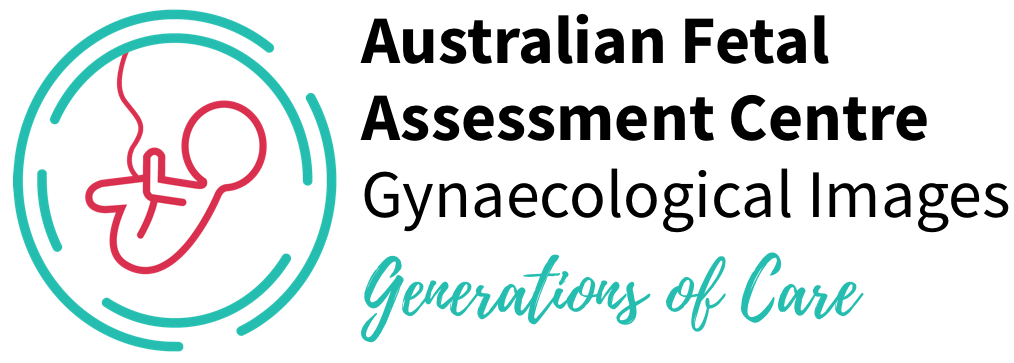Chorionic Villus Sampling (CVS)
What is Chorionic Villus Sampling (CVS)?
CVS is an invasive diagnostic test used to examine placental tissue, known as chorionic villi, to assess the baby’s chromosomes. Since both the baby and the placenta develop from the same fertilized egg, the genetic material in the placental cells is identical to that of the baby.
Why is Chorionic Villus Sampling (CVS) offered?
- Positive screening results, including increased risk identified through Nuchal Translucency Assessment and/or Non-Invasive Prenatal Testing (NIPT)
- Advanced Maternal Age: Some women over the age of 35 may choose to skip screening tests and opt directly for a definitive diagnostic test
- Relevant Medical History, such as:
- A previous child affected by a genetic condition;
- Known parental chromosomal abnormalities;
- Family history of rare genetic disorders
How is Chorionic Villus Sampling (CVS) performed?
Our Ultrasound Specialist Doctor will explain the procedure to you. You will be asked to sign a consent form.
The procedure will take place in the ultrasound room.
A local anaesthetic will be administered to your abdomen, after which a fine needle is inserted through the abdominal wall into the placenta to collect a sample.
Throughout the procedure, ultrasound guidance is used to ensure the needle is accurately positioned. The entire process takes approximately five minutes.
Afterward, we will check to confirm that the fetal heartbeat is normal.
When is Chorionic Villus Sampling (CVS) performed?
Ideally performed between 11 weeks and 2 days - 13 weeks and 5 days of pregnancy.
Preparation for the Test:
Kindly bring the following items with you:
- A referral from your doctor
- Any pregnancy reports or tests conducted at other facilities
- Knowing your blood type or bring your blood group card.
Moderately Full Bladder:
It's helpful to have a moderately full bladder. This helps lift the uterus above the pelvic bone. About an hour before your appointment, please empty your bladder and drink two standard glasses of water. Do not go to the toilet again until after your scan. We don’t require your bladder to be uncomfortably full, so please inform our reception staff if you are uncomfortable while waiting.
What to Expect After a CVS (Chorionic Villus Sampling)?
It's common to experience some abdominal discomfort, cramping similar to period pain, or light bleeding during the first couple of days after the procedure. These symptoms are usually mild, and in most cases, the pregnancy continues without any issues.
Some mild period-like pain is common on the first night and it is safe to use a regular dose of paracetamol for pain relief.
If you experience heavy bleeding, severe pain, or develop a fever, it's important to seek medical advice promptly.
You should avoid any heavy physical activity after your procedure, but you do not need to rest in bed. You can take the dressing off your abdomen that evening. You should feel physically back to normal by the next day and you can resume your normal activities after 1-2 days if you feel well.
What are the risks of a CVS?
The risk of miscarriage associated with CVS is approximately 0.5%, which is similar to the risk with amniocentesis at 16 weeks. If a miscarriage were to occur due to CVS, it would typically happen within the first five days. Additionally, in about 1% of cases, the invasive test may need to be repeated because the results are inconclusive.


